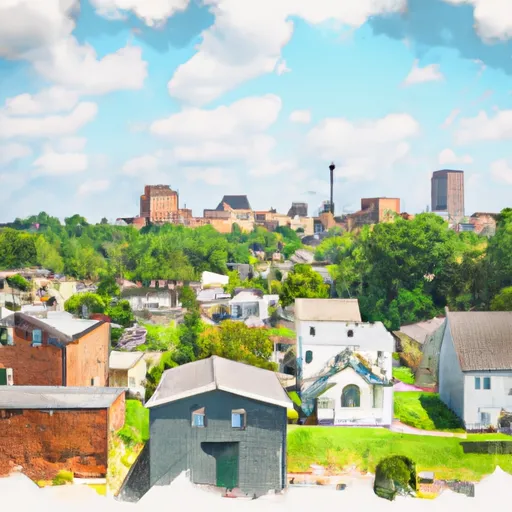°F
°F
mph
Windspeed
%
Humidity











North-Hampton, Ohio is a charming village located in Clark County. The climate in North-Hampton is characterized by warm summers and cold winters. The area experiences moderate precipitation throughout the year, with the highest amount of rainfall occurring in the spring and summer months.
Hydrology constituents in North-Hampton include the Mad River, which flows through the village. The river provides opportunities for fishing and boating, allowing residents and visitors to enjoy the natural beauty of the area.
Outdoor recreation opportunities in North-Hampton are abundant. The village is home to several parks and green spaces, offering hiking trails, picnic areas, and playgrounds for families to enjoy. Additionally, the nearby Buck Creek State Park provides opportunities for camping, swimming, boating, and fishing. Nature enthusiasts can explore the park's trails and observe the local wildlife. Overall, North-Hampton offers a diverse range of outdoor activities for residents and visitors to enjoy throughout the year.
Weather Forecast
North-Hampton receives approximately 1033mm of rain per year, with humidity levels near 81% and air temperatures averaging around 11°C. North-Hampton has a plant hardyness factor of 6, meaning plants and agriculture in this region thrive during a short period during spring and early summer. Most plants will die off during the colder winter months.
Nearby Snowpack Depths
2
Inches
Regional Streamflow Levels
939
Cubic Feet Per Second
291
Cubic Feet Per Second
462
Cubic Feet Per Second
1,150
Cubic Feet Per Second
Nearby Camping
| Camping Area | Reservations | Toilets | Showers |
|---|---|---|---|
| Mary Jane Thurston State Park |



